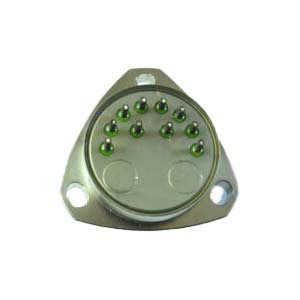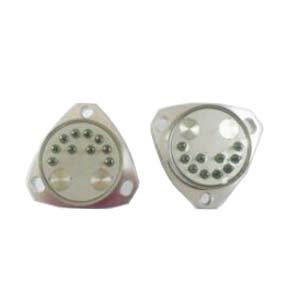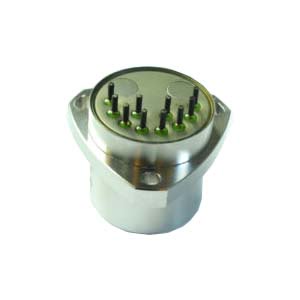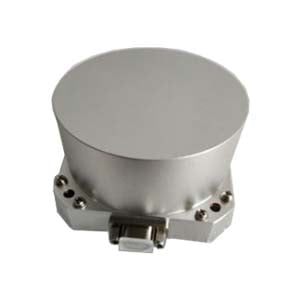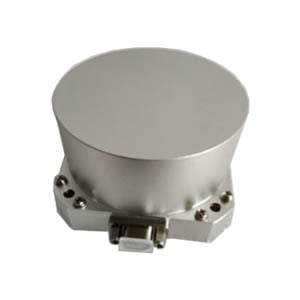The three-axis acceleration sensor is used to measure the spatial acceleration sensor in the acceleration sensor, that is, to measure the speed change of the object in space. There is no difference in the measurement principle between the three-axis acceleration sensor and the single-axis and two-axis acceleration sensor. The main difference between them is that the measurement dimensions are different. The three-axis acceleration sensor is mainly to decompose the spatial acceleration in X, Y, and Z three axes, and three single axes can be turned into a three-axis in a certain technology.
The current three axis acceleration sensors mostly use piezoresistive, piezoelectric and capacitive working principles. The acceleration produced is proportional to the change of resistance, voltage and capacitance, and is collected through the corresponding amplifying and filtering circuit. This and the normal acceleration sensor is based on the same principle, so in a certain technique three single axes can be turned into a three axis. For most sensor applications, the two axis accelerometer has been able to meet most applications. But some applications still focus on three axis accelerometer, for example, in data acquisition equipment, valuables monitoring, collision monitoring, building vibration measurement, wind turbines, wind turbines and other sensitive large structure vibration.
Three axis accelerometer, as a basic component of inertial navigation system, is widely used in aviation field. Signal transmission between system and controller, processor and memory is mainly carried out through space bus. As a standard specification for the development of space systems, Space Wire can improve the transmission rate of accelerometers and enhance the stability of the transmission.
Application of three-axis acceleration sensor:
Automotive Electronics:
In the case of the body safety system, when the body is hit, the impact sensor sends a signal to the electronic controller within a few microseconds. Then the electronic controller will immediately calculate and make corresponding assessment according to the intensity of the collision, the number of passengers and the position of the seat/seat belt and other parameters, with the data returned by the sensors distributed throughout the carriage, and in the shortest time through the electric explosion drive to activate the airbag to ensure the safety of passengers.
Impact protection for portable devices:
Portable devices, due to their application, often fall or collide unexpectedly, resulting in a huge impact on the internal components. When a drop occurs, the system detects a sudden change in acceleration and performs self-protective actions, such as turning off electrical or mechanical devices with poor seismic performance to prevent damage, or damaging the hard disk head or scratching the platter, which could result in permanent data loss.
Satellite navigation:
When entering an area or environment with poor reception of satellite signals, the navigation function will be lost due to loss of signal. A 3-axis acceleration sensor based on MEMS technology, combined with components such as a gyroscope or an electronic compass, can create a bearing reckoning system that is complementary to the GPS system.
Virtual Reality:
For example, AR/VR, game console controller, etc., through wearing or handheld game equipment, controller, sensor synchronous sensing human acceleration, according to the acceleration analysis of the human body's action, and then on the game screen synchronously show the corresponding game action, some motion sensing games can even achieve the same exercise effect as outdoor sports.
For more information, please feel free to contact info@ericcointernational.com
More Technical Questions
1.Quartz Accelerometer VS MEMS Accelerometer
2.What Effect Does Temperature Have on Quartz Flexible Accelerometer?
3.Why do we Need Accelerometer?
4.What can you do with an Accelerometer?
5.How do parameters affect the performance of the quartz accelerometer?
6.Multi-Dimensional Understanding of High Precision Quartz Accelerometer
Products in Article

